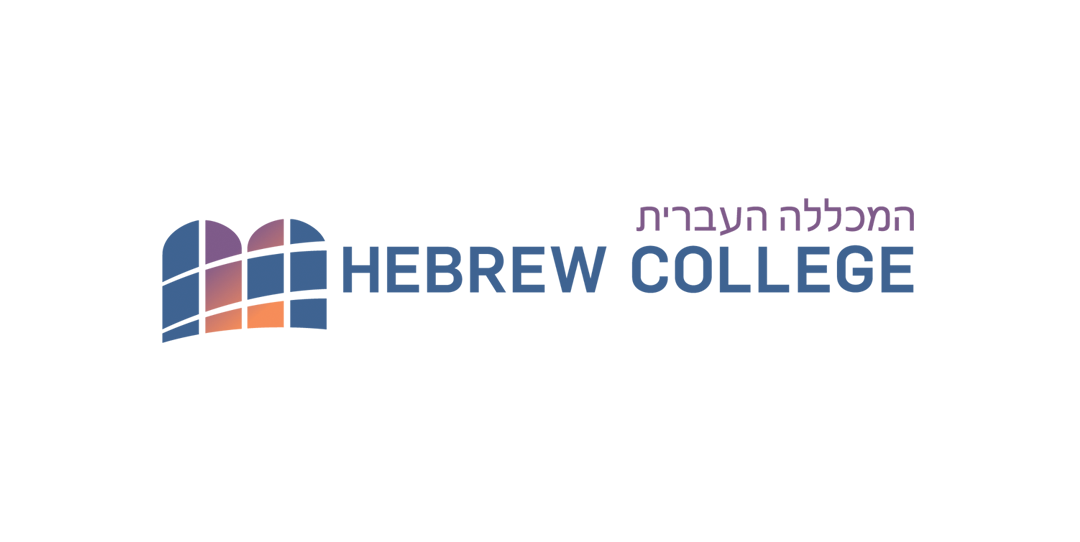Pluralistic Perspectives Empathy Activism


Why?
The simple answer is that we joined “36 Rabbis Shave for Brave” to raise money for children’s cancer research through St. Baldrick’s Foundation, a fundraising effort dreamed up by Rabbis Rebecca Einstein Schorr and Elizabeth Wood. It was born in a moment of pain; our colleagues, Rabbis Phyllis and Michael Sommer, buried their 8-year-old son, Sammy, who died from refractory acute myeloid leukemia on Dec. 14, 2013.
In our collective grief, we rabbis came together, raised more than half a million dollars and raised the profile of paltry funding for children’s cancer research. Men and women alike. All rabbis. More than 80 of us. Now bald. Symbols of hope and grief, empathy and activism.
The deeper answer as to why we did this, though, is a bit more emotionally and spiritually complicated, and is different for each one of us who participated. Isn’t that how it always is?
Rachel Havrelock notes in “The Torah: A Women’s Commentary” that “the human body is both an indicator of change and a vessel of memory.”
An indicator of change. A vessel of memory.
We rabbis have a lot of power. We teach Torah, offer blessings, strive to inspire the brokenhearted to touch their souls and dream, to ameliorate suffering, to breathe Judaism to life in a new generation, to live our prophetic values in the public square and change social policy for the human good. We name babies, pronounce couples married beneath a chuppah and hold bereaved loved ones in our arms as they desperately try to croak out the haunting meter of the “Mourner’s Kaddish.”
But we cannot stop our loved ones — our family, our friends, our colleagues, our children — from knowing agonizing pain when a child dies.
So when the opportunity came to shave our heads, there was a deeply spiritual, Torah-based reason we did it: empathy. Phyllis, Sammy’s mom, said that she was looking forward to shaving her beautiful long hair to demonstrate physically how much things have changed to reflect the profound grief inside her heart.
But it is more than just empathy that inspired our collective action.
Shaving my head is a ritual way to engage other people in a conversation: About Sammy, about children’s cancer research, about my deep respect for Phyllis and Michael’s ability to simply wake up each morning, about “tzedakah” (justice), “tikkun” (healing) and “rachamim” (compassion), about our responsibility to do something when we can.
There are moments, sublime and acute, when memory marries the body’s transformation, and empathy and activism embrace. It is the cry to respond, however and whenever we can, to the suffering in our midst.
No, $500,000 won’t bring Sammy back from the dead. We know that. But perhaps we can hold our colleagues and friends in their grief and help raise the money necessary to prevent another family from needing to bury their child. Maybe there is a future doctor or researcher in our midst will be inspired by our meshuggana shave. Or maybe there is someone, like Esther, born for this moment, to devote all her resources to eradicating pediatric cancer.
An indicator of change, a vessel of memory.
Empathy activism. The radical Jewish ideal that our connectedness to other people inspires us — demands us — to respond to their suffering with courageous action. When we can, we must.
If you would like to support this worthy cause, please donate here.
Rabbi Michael Adam Latz has been Shir Tikvah Congregation’s Senior Rabbi since July 2009 and previously was the founding rabbi of Kol HaNeshamah in West Seattle.

